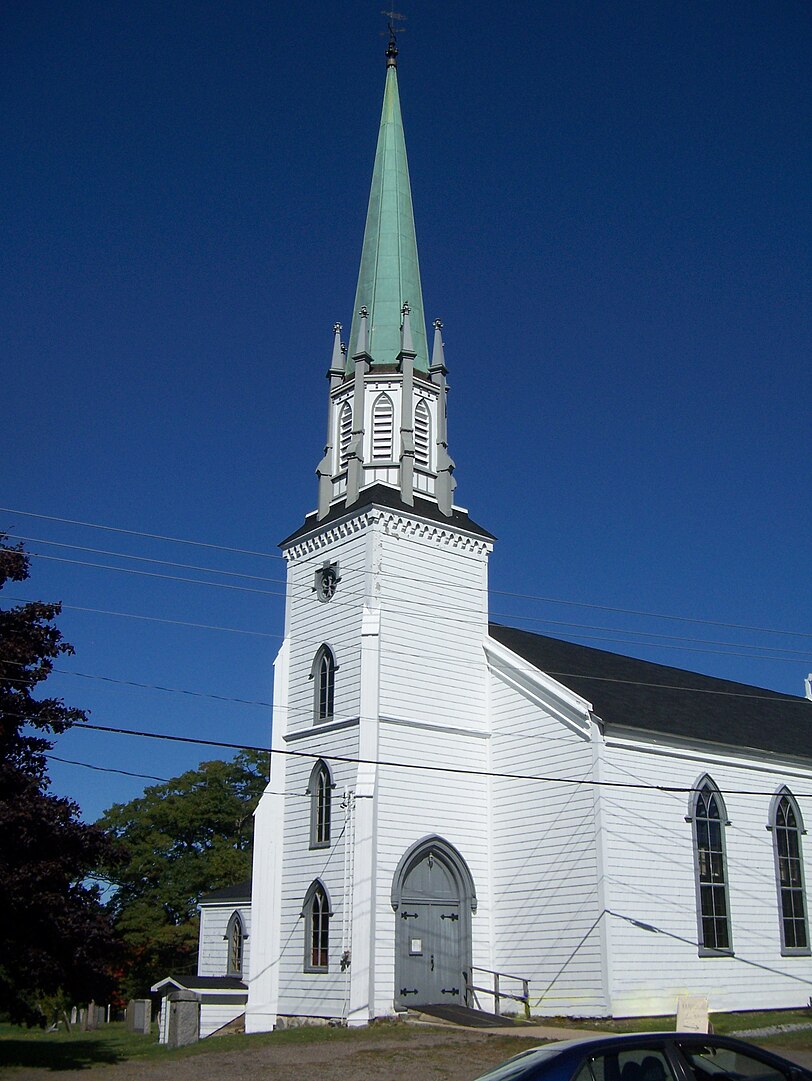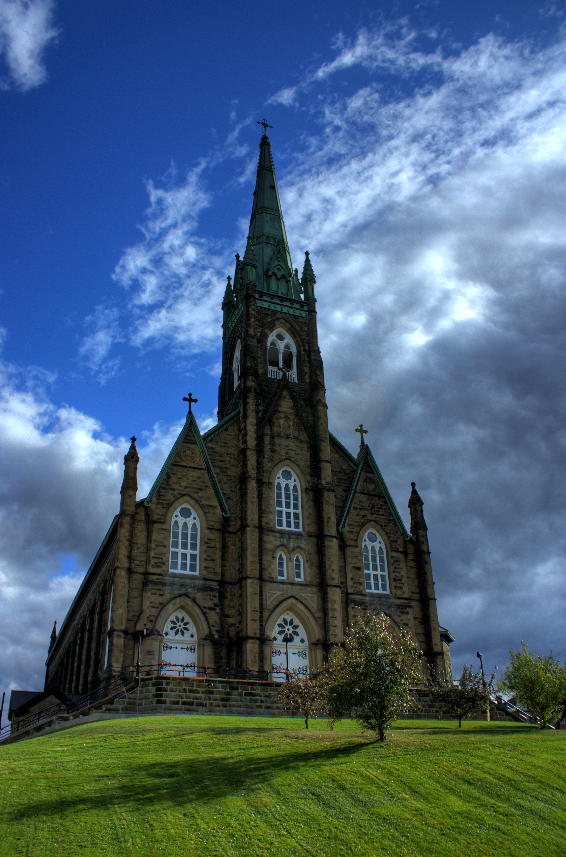
St Michael’s Basilica
Miramichi, 1921
Having started our exploration of Gothic Revival architecture in Ottawa, Toronto, and Ontario, we then made our way into the Altantic provinces: Prince Edward Island, Newfoundland & Labrador, Nova Scotia. Today we conclude our virtual exploration of the Altantic provinces with New Brunswick before making our way to Quebec then the Western provinces.
Gothic Revival architecture in New Brunswick, like elsewhere in Canada, became popular in the mid-to-late 19th century, around the 1830s to 1870s. This style drew from medieval European architecture, embracing ornate details, pointed arches, and a sense of verticality. The Gothic Revival style’s dramatic and romantic elements reflected a shift toward idealism and a fascination with history, especially in religious and public buildings.
Key features of Gothic Revival architecture in New Brunswick include:
- Pointed Arches and Windows: Pointed, lancet-shaped windows and arches are hallmarks of this style. Churches, in particular, feature large stained-glass windows with intricate tracery, which became a defining element in the province.
- Steeply Pitched Roofs and Tall Spires: Gothic Revival buildings often have steep roofs and spires or pinnacles that draw the eye upward, giving a sense of grandeur and elevation. This is particularly prominent in church architecture, where tall steeples make a dramatic statement against the landscape.
- Buttresses and Decorative Facades: Many buildings include decorative or structural buttresses to emphasize stability and ornamentation, even if not strictly necessary. In New Brunswick, you can find examples of this in stone churches and civic buildings.
- Ornamentation and Finials: Gothic Revival architecture often includes elaborate finials, carved stonework, and other decorative details, drawing from medieval Gothic cathedrals. Even smaller residences and public buildings may include Gothic details like arched windows and wooden trim (known as “gingerbread”) around doors and roofs.
- Wood and Stone Construction: While the style originally used stone, New Brunswick builders frequently adapted Gothic Revival to the local timber resources, creating “Carpenter Gothic” homes and churches. This wooden variant retains the pointed arches, intricate woodwork, and decorative flair but is adapted to the timber frame and clapboard siding commonly found in the region.
Notre Dame de Lourdes Church
Notre Dame de Lourdes Parish, 1910
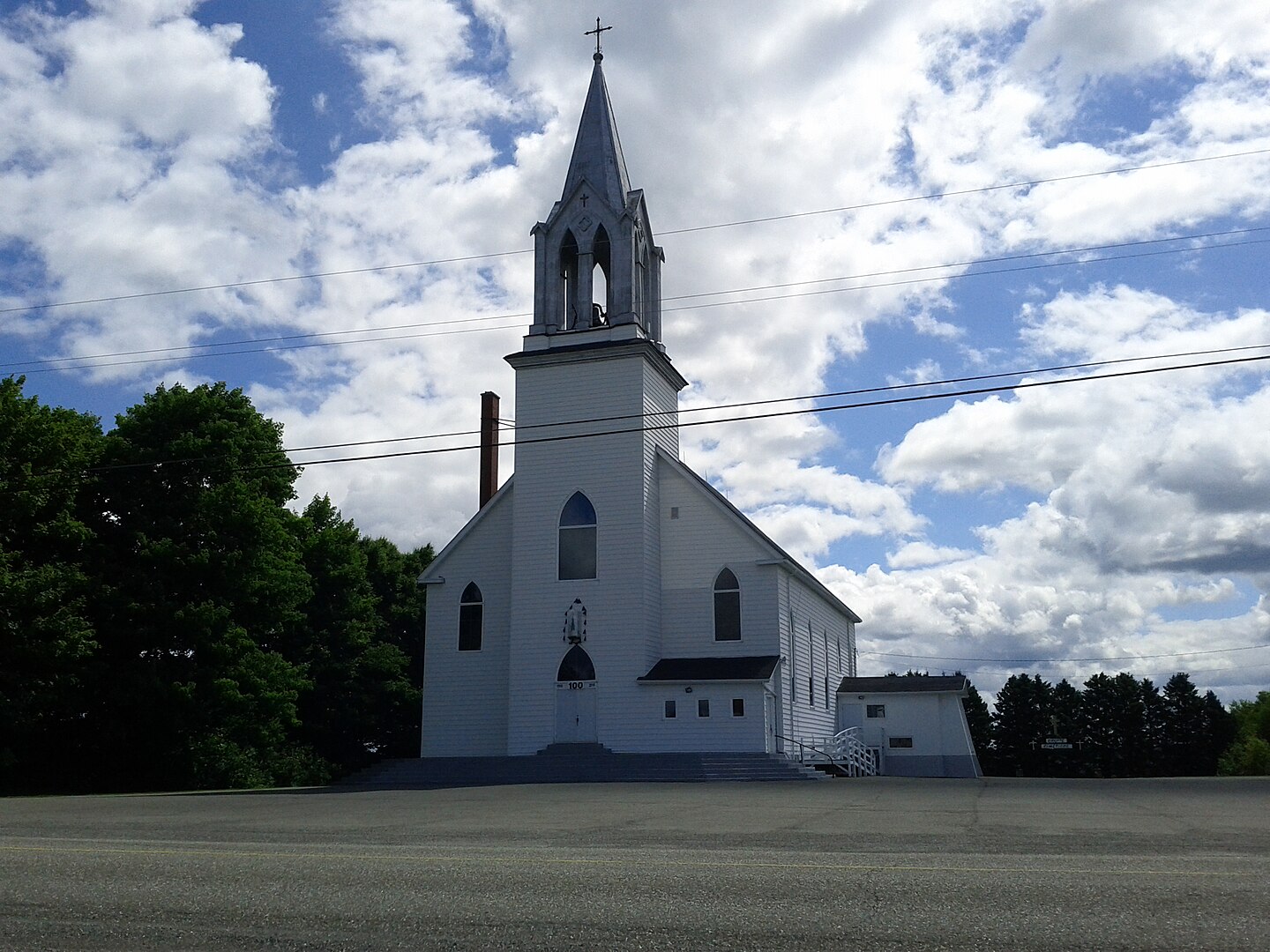
Alcorn Manor
Moncton, 1908
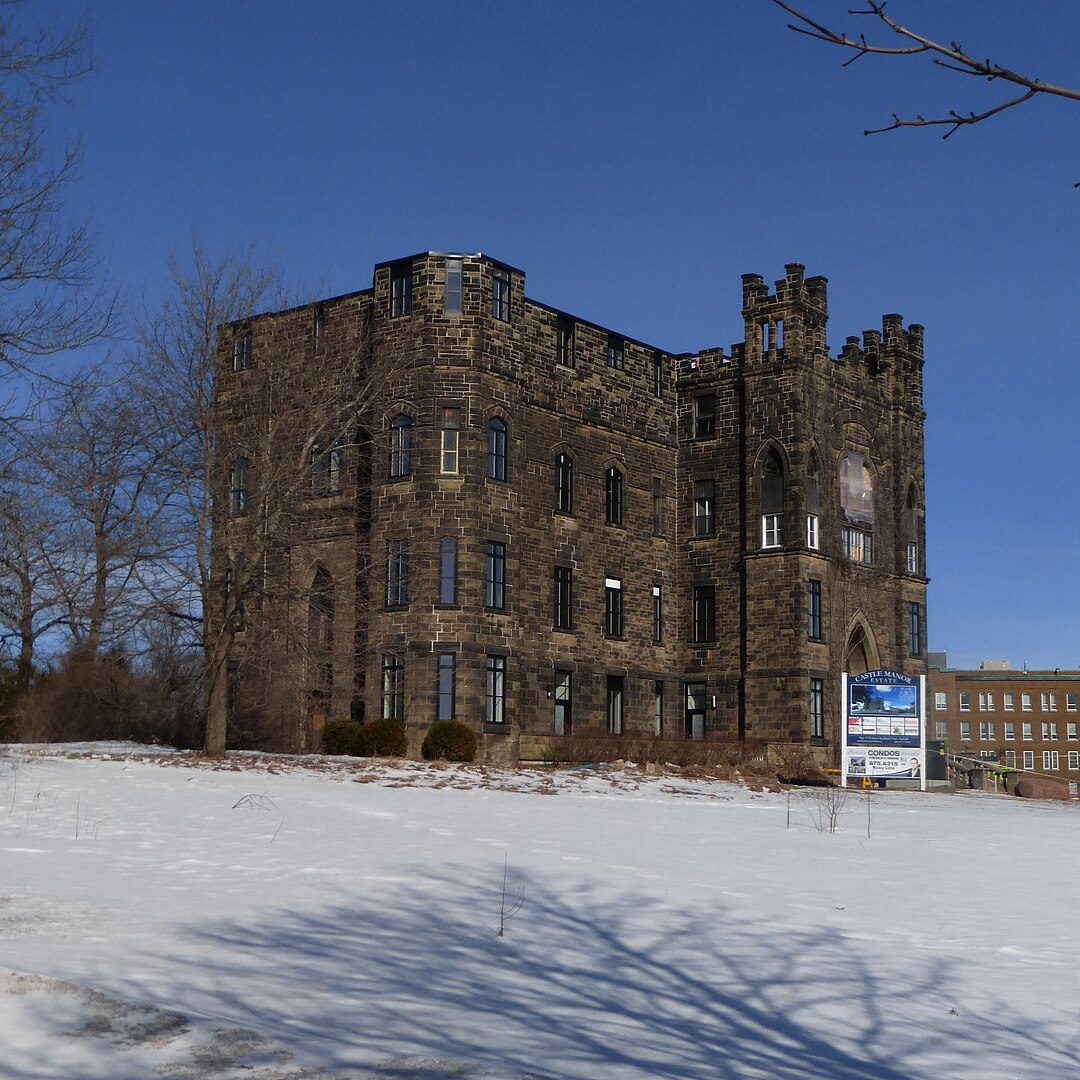
St Bernard’s Catholic Church
Moncton, 1891
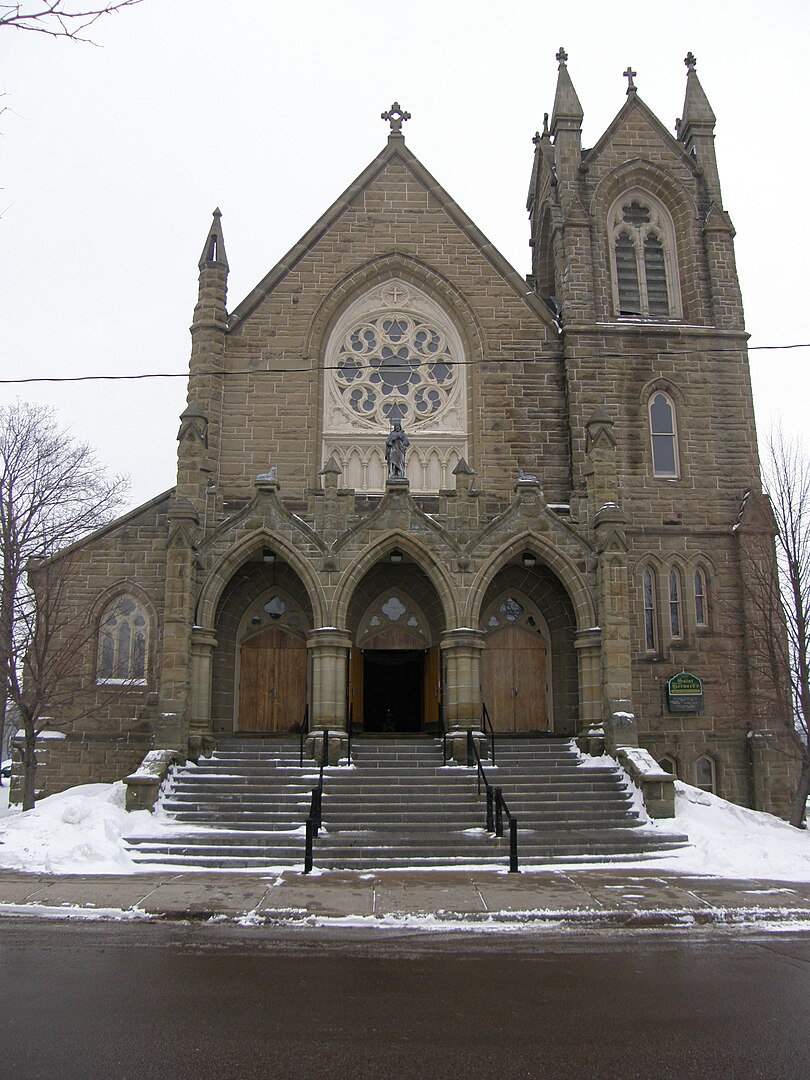
Sacred Heart Cathedral
Bathurst, 1886
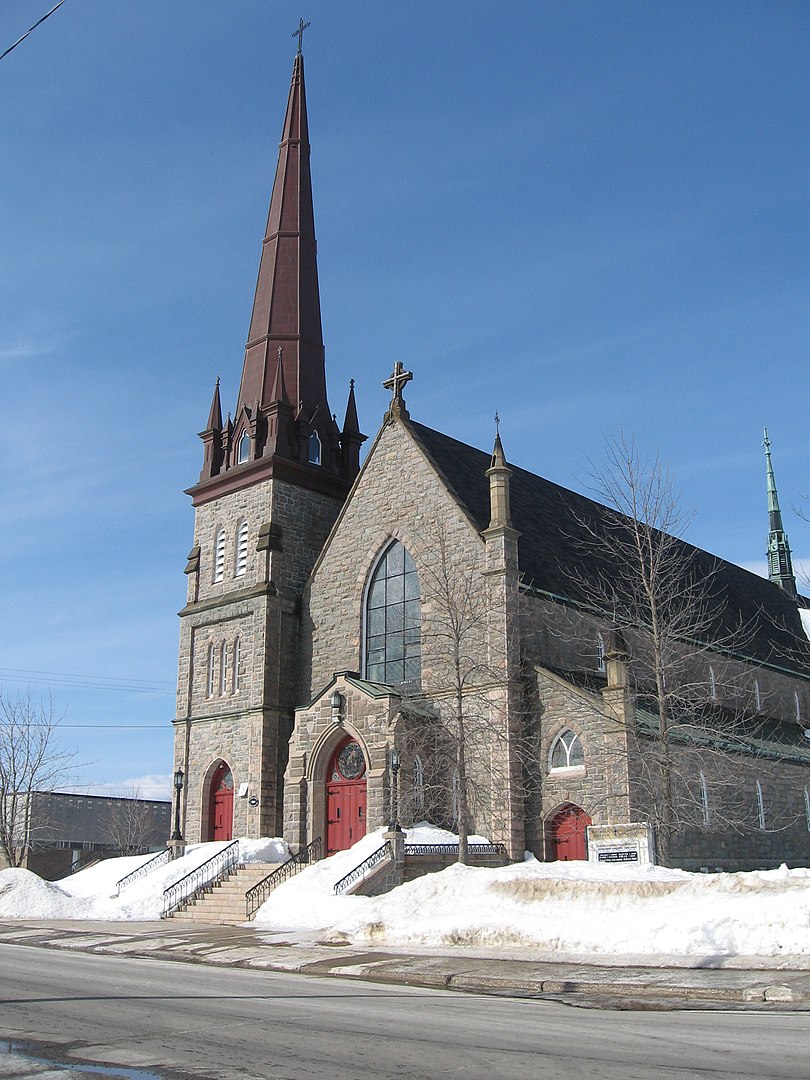
Sainte Therese Davila Church
Robertville, 1884
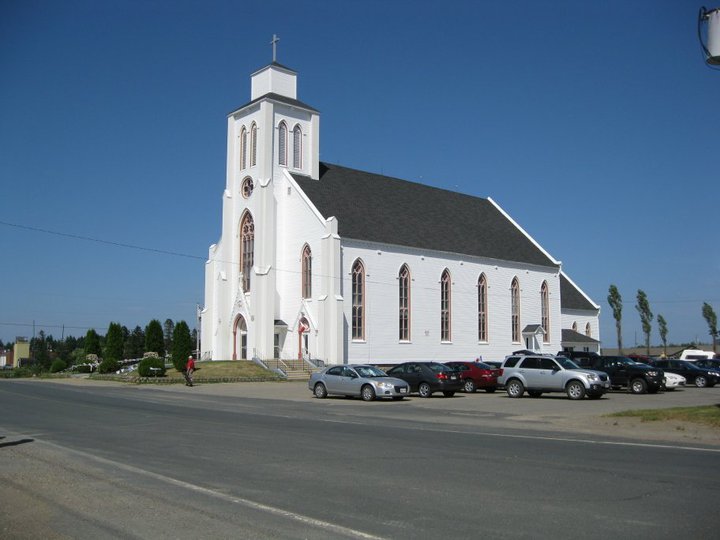
Anglican Church
Saint John, 1880
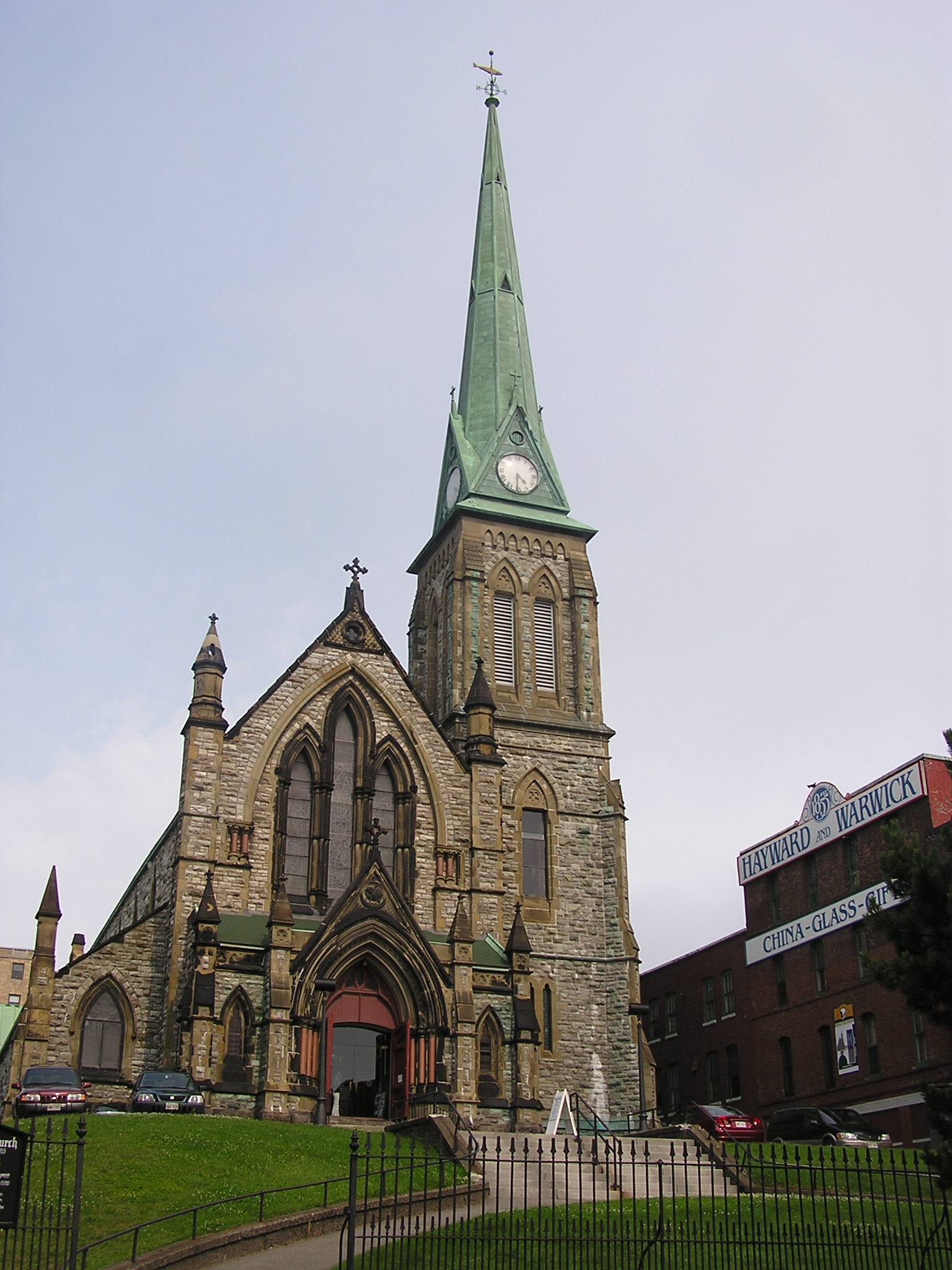
Saint Thomas de Memramcook Church
Memramcook, 1855
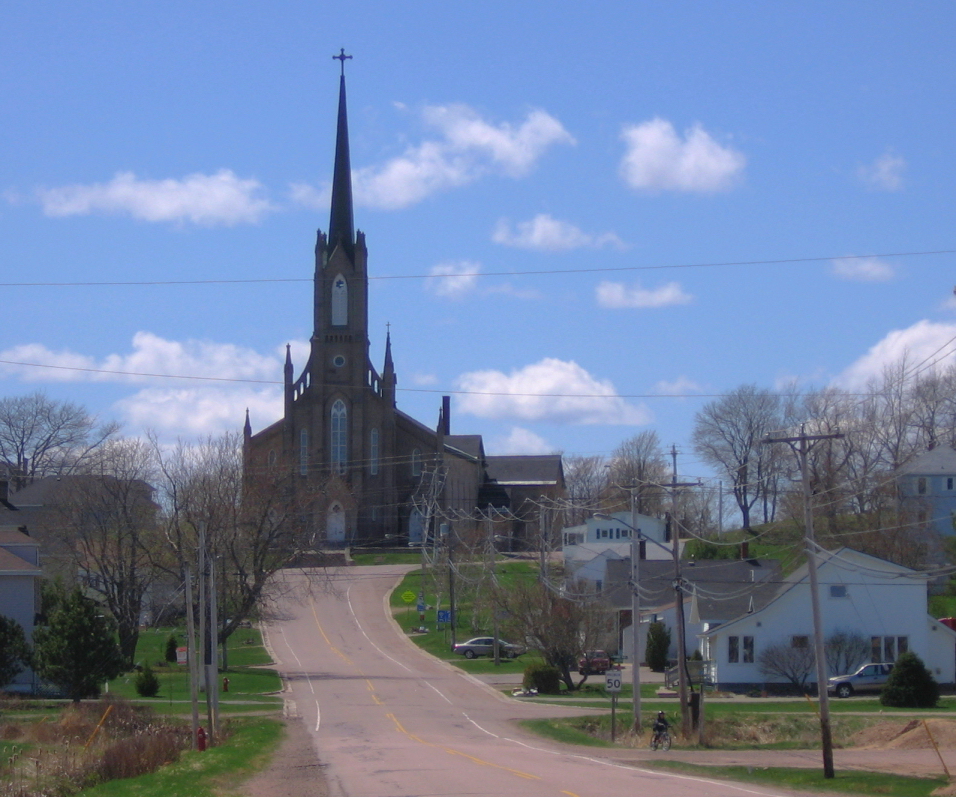
Cathedral of the Immaculate Conception
Saint John, 1853
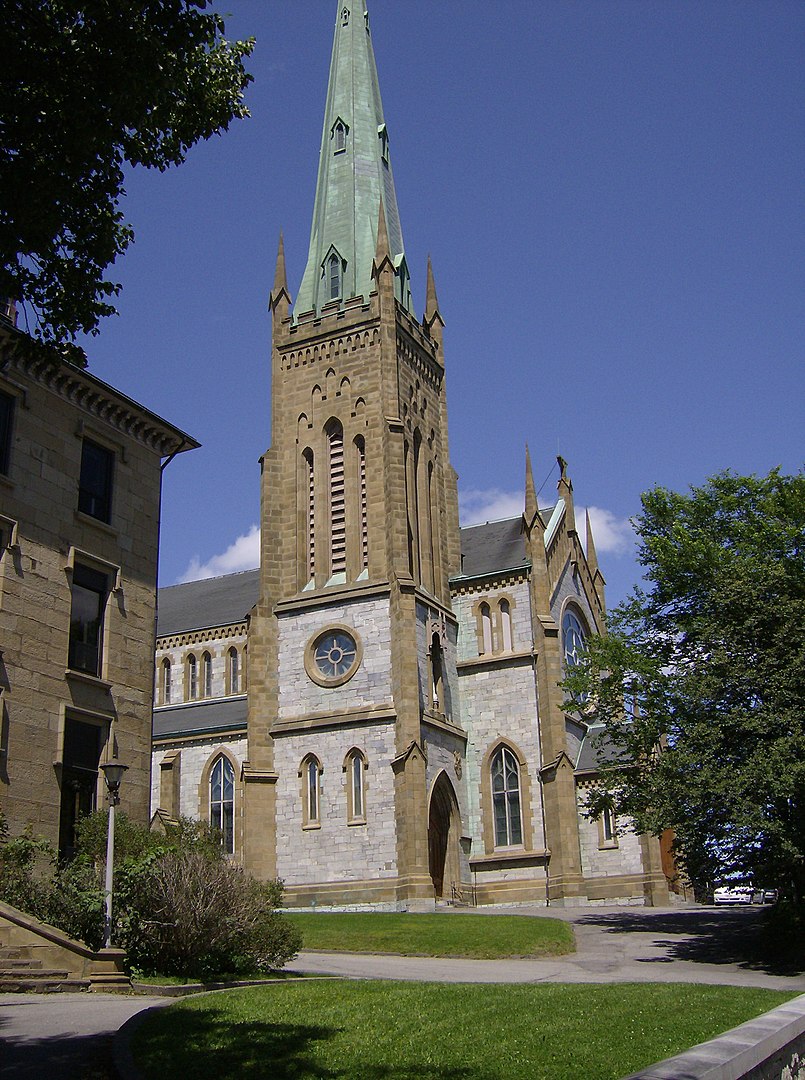
Christ Church Cathedral
Frederickton, 1853
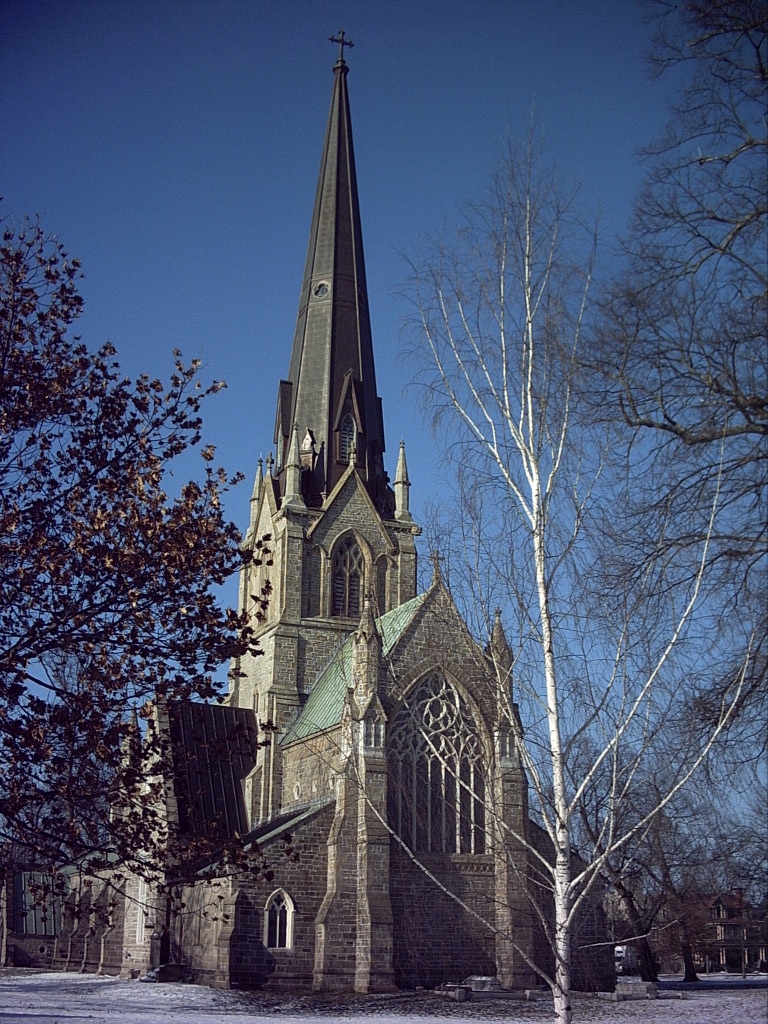
St John’s Anglican Church
Saint-John, 1826
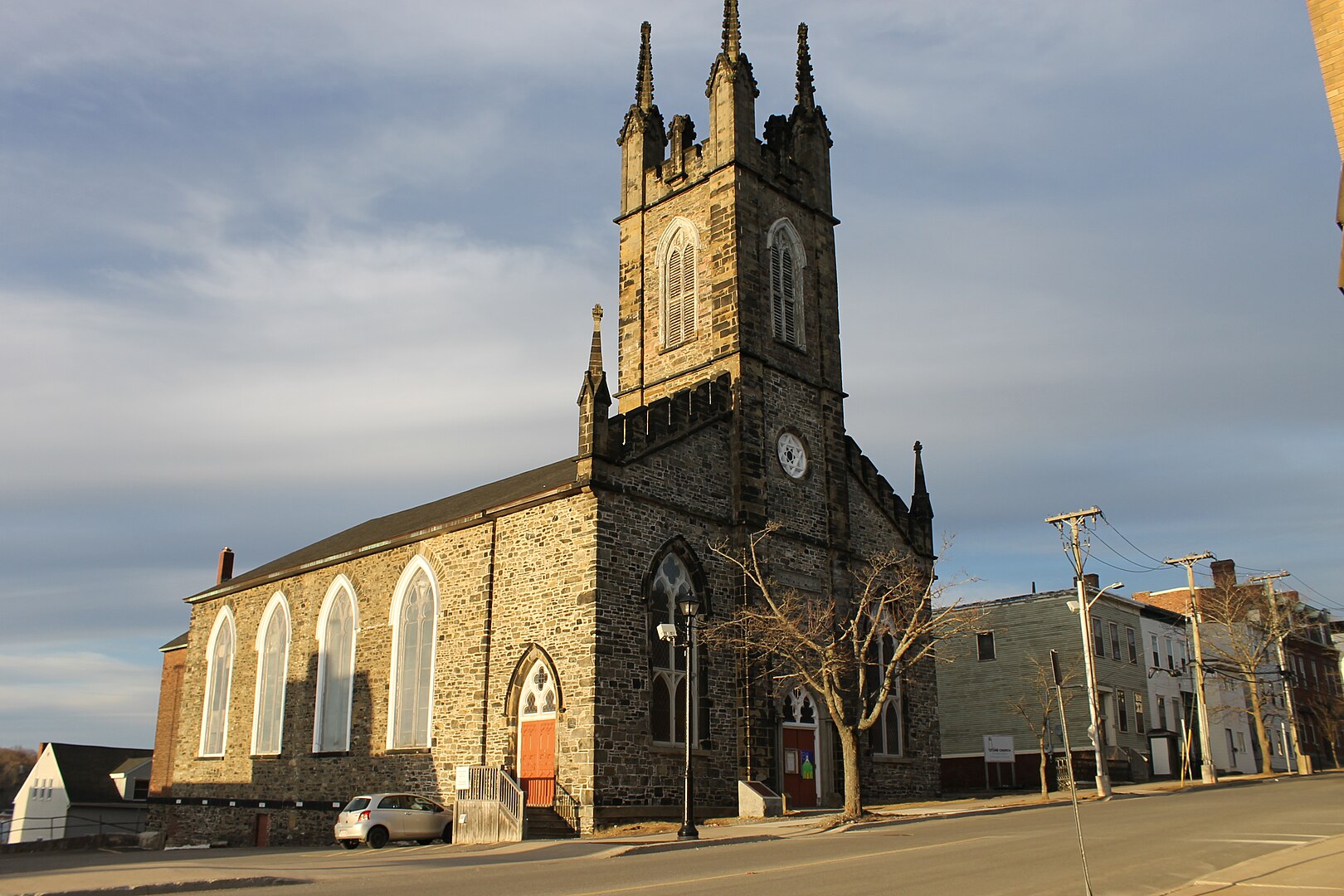
Trinity Church
Kingston Parish, 1789
